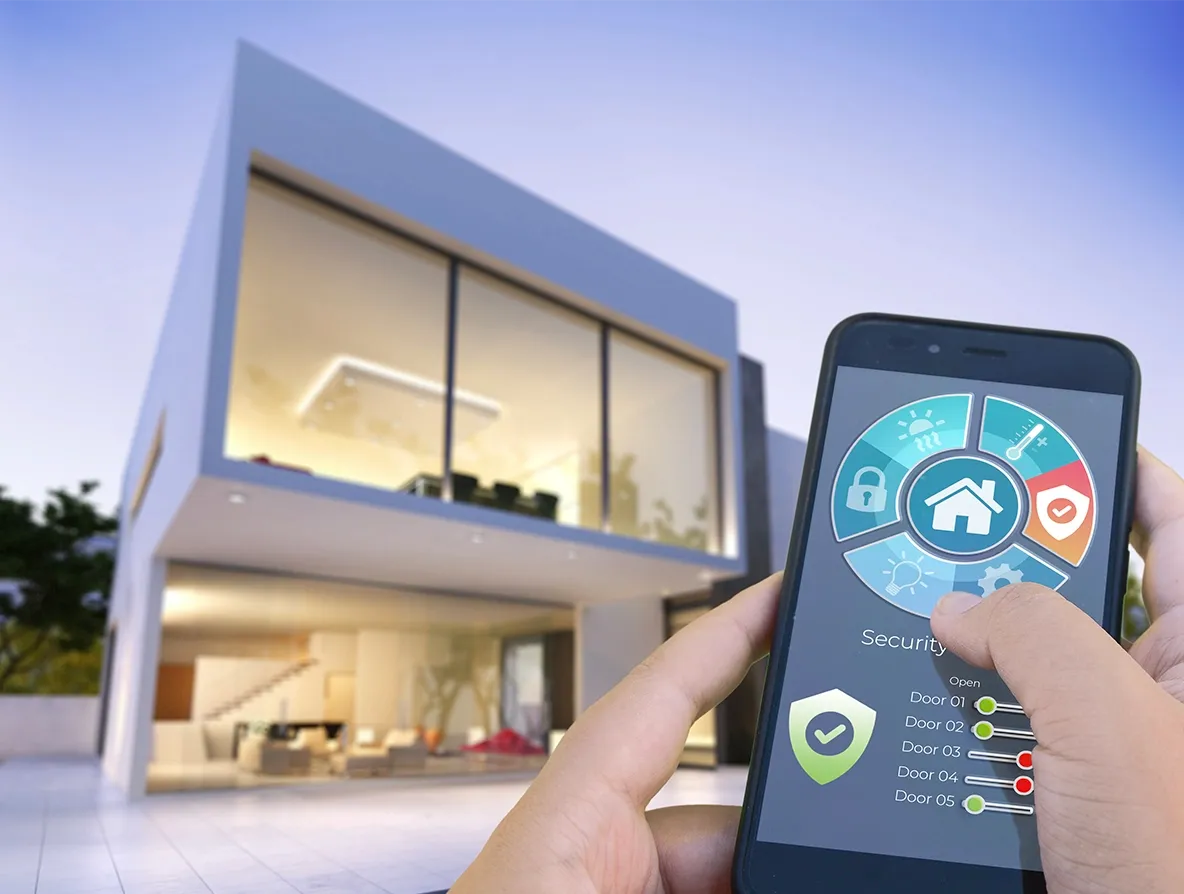




The concept of a smart home, where devices and appliances are interconnected and controlled through the internet, has captured the imagination of homeowners and tech enthusiasts alike. However, the success of smart homes heavily relies on a robust and reliable internet connection. Fiber optic technology has emerged as a key player in providing the necessary connectivity for smart homes. In this article, we will explore the challenges and opportunities of expanding fiber optic coverage to create smarter homes.
Smart homes demand high-speed, low-latency internet connections to function seamlessly. From streaming 4K videos to controlling smart thermostats and security systems remotely, a reliable connection is crucial. Fiber optic cables transmit data using light, enabling much faster speeds and more stable connections compared to traditional copper cables. The challenge lies in making this technology accessible to a broader range of households.
Expanding fiber optic coverage to homes requires substantial infrastructure investment. Laying down fiber optic cables is a costly and time-consuming endeavor. It involves digging up streets, burying cables, and setting up distribution points. This investment is necessary to bridge the digital divide and ensure that smart home technology is accessible to all, not just those in urban areas.
One of the significant challenges in expanding fiber optic coverage is reaching rural and remote areas. Many smart home technologies are designed for urban environments, leaving rural communities at a disadvantage. Bridging this gap will not only benefit homeowners but also improve services like telemedicine, online education, and agriculture. Government initiatives and public-private partnerships can play a crucial role in extending fiber optic coverage to underserved areas.
While the benefits of fiber optic technology are clear, there are environmental concerns associated with its production and deployment. Manufacturing fiber optic cables requires a significant amount of energy and raw materials. Additionally, the process of digging trenches and installing cables can disrupt ecosystems. Balancing the environmental impact with the benefits of fiber optic expansion is a critical consideration.
With the increasing number of devices connected to a smart home network, security and privacy concerns have become more pronounced. Fiber optic networks offer enhanced security due to their resistance to electromagnetic interference and hacking. However, ensuring that the devices connected to the network are also secure remains a challenge. Manufacturers and service providers must prioritize cybersecurity to protect homeowners from potential threats.
As technology evolves, it's essential to future-proof smart homes by deploying fiber optic networks capable of handling increasing data demands. This involves not only providing high-speed internet but also ensuring that the network can adapt to emerging technologies such as augmented reality, virtual reality, and the Internet of Things (IoT). The challenge is to create an infrastructure that can evolve with technology trends.
In conclusion, expanding fiber optic coverage for smart homes presents both challenges and opportunities. While the need for high-speed, reliable internet in smart homes is clear, the cost of infrastructure investment and reaching rural areas can be formidable hurdles. Moreover, addressing environmental concerns and ensuring the security and privacy of homeowners are crucial considerations.
However, with careful planning, government support, and industry collaboration, these challenges can be overcome. The expansion of fiber optic coverage not only benefits homeowners by providing them with the connectivity they need but also contributes to the development of smarter, more sustainable communities. By addressing these challenges head-on, we can create a future where smart homes are not just a luxury but a standard of living accessible to all.
We are here to help.
Still haven’t found what you're looking for? Chat, email or Call our Customer Care Pro’s!

1400 Broadfield Boulevard Suite 200
Houston, TX 77084 United States
© 2025 Rural Telecommunications of America, Inc. All rights reserved.
1-844-RTA4USA
Deals
Wholesale
Business
Residential
gigFAST NETWORK ®
gigFAST IoT ®
gigFAST TV ®
gigFAST VOICE ®
gigFAST INTERNET ®
Legal
Cookies
Privacy Policy
gigFAST TV ® Privacy Policy
Acceptable Use Policy
RTA Internet Transparency Statement
Supplement to Client Services Agreement General Terms
RTA Story
RTA Careers
RTA Newsroom
RTA Blog
RTA Testimonials
Areas Served
Crystal Beach
Odessa
Midland
Smithville